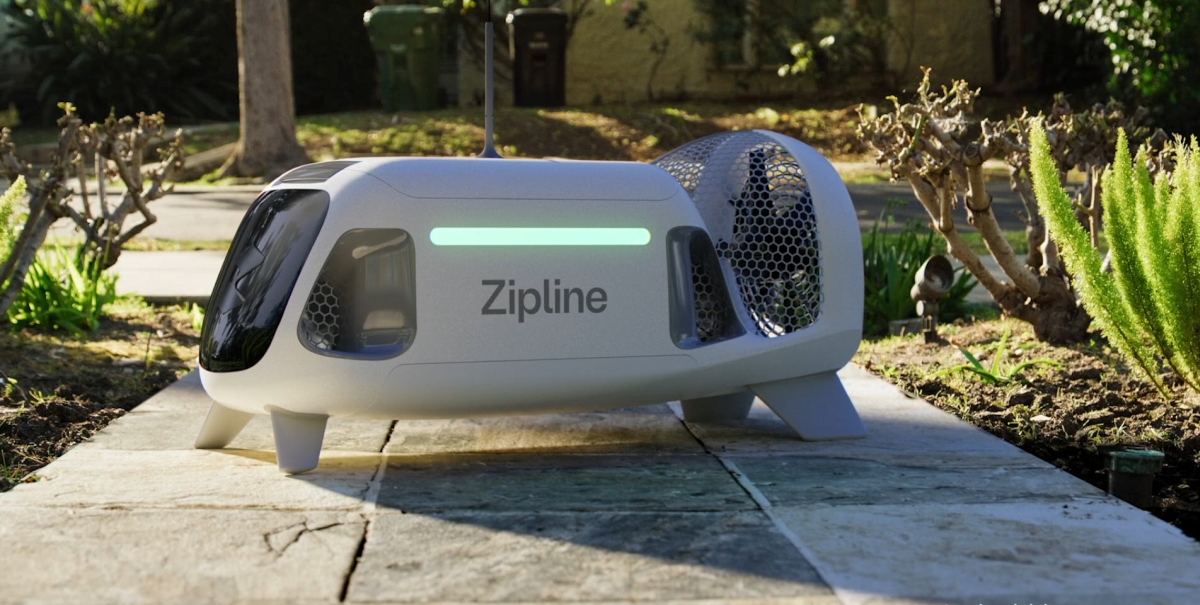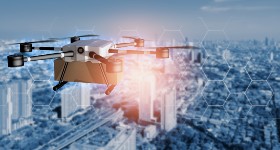
Let’s face it, technology has crept into nearly every aspect of our lives. From the phones that we can’t live without, to the smart thermostat that turns our heat on before we get home. The same technology in our smartphones is now being leveraged to reduce human driving error and make the roads safer. Like the invention of the seat belt, these technological advances in automotive safety will likely become standard on all vehicles in the future, diminishing loss of life and accidents. The following is a sample of the way embedded systems and IoT has revolutionized safety and delivered peace of mind to millions of drivers.
1. Adaptive Cruise Control
The Technology: Since the early 1990s automotive manufacturers have been outfitting their vehicles with systems of varying sophistication meant to watch the road ahead for slowing traffic while cruise control is applied. Adaptive Cruise Control (ACC) either relies on LIDAR, which has its limitations, or takes a more traditional radar-based approach. ACC can also be coupled with a GPS system to detect upcoming obstacles and adjust accordingly.
The Impact: ACC is now an optional feature from almost every major auto manufacturer on the market. Research on the impact of Adaptive Cruise Control indicates that the system not only reduces the likelihood of an accident but also helps to reduce traffic.
2. Lane Keep Assist
The Technology: Lane Keep Assist relies on a camera mounted on the windshield that monitors the road, as well as laser and infrared sensors, which collect data about the car’s surroundings. The vehicle then processes these signals, determines whether the vehicle has strayed outside of the lines, and warns the driver.
The Impact: Two studies conducted by the Insurance Institute for Highway Safety indicated that vehicles outfitted with Lane Keep Assist had lower crash rates than similar vehicles without the technology.
3. Pre-Collision Braking
The Technology: Pre-Collision Braking utilizes radar or LIDAR to detect obstacles in the road ahead and warn the driver. Some more advanced systems have image recognition that can determine if a pedestrian has walked in front of the vehicle and apply the brakes. If the vehicle is traveling at a low speed, the vehicle will apply the brakes, whereas at a higher speed it may steer to avoid the obstacle.
The Impact: An agreement between the National Highway Traffic Safety Administration and the Insurance Institute for Highway Safety (IIHS) determined that all new cars sold in the United States by 2022 will have some form of Pre-Collision Braking and as a result, could potentially prevent up to 28,000 collisions and 12,000 injuries.
4. Blind Spot Monitoring
The Technology: Blind Spot Monitoring employs a camera, usually mounted under the side mirror, to monitor traffic that enters the blind spot of the driver. This same technology can also be used at low speeds to warn the driver if there is traffic behind them as they pull out of a parking spot.
The Impact: A report by the IIHS determined, “Crash involvement rates in lane-change crashes of all severities and with injuries were 14% and 23% lower, respectively, among vehicles with blind spot monitoring than those without” (IIHS Report).
5. Autonomous Vehicles
The Technology: Vehicles with semi-autonomous capabilities such as the Tesla Model S combine a myriad of sensors, such as cameras, sonar, and radar with advanced computing platforms like the Nvidia Drive PX to produce a car that almost drives itself. In addition, cars like the Model S can steer independently, be summoned to your location, and take you to your destination.
The Impact: It is hard to overstate the importance of a fully autonomous vehicle. From reduced deaths and accidents to a disruption of the insurance market, self-driving cars will change the way we live our lives.
Automotive Safety Innovations are Dependent on the Security of Hardware
All of these innovations are dependent on embedded systems, which are made up of complex pieces of software and hardware. As we have learned time and again, these systems are only as good as the people who design them.
Once we enter an age where the average motorist relies heavily, or entirely, on these driver safety aids, there will be no room for error. While automotive safety innovations are indispensable, the security and infallibility of these systems must be a top priority. We must begin to hold all connected systems in our life accountable for security, especially if they are responsible for the safety of millions of people.
About the Author: Jothy Rosenberg, Founder & CEO, Dover Microsystems is a serial entrepreneur, and Dover Microsystems is the 9th tech startup that he has founded and/or run since 1988. Prior ventures include MasPar, Novasoft, Webspective, GeoTrust, Service Integrity, Ambric, Mogility, and Aguru; two of these companies sold for over $100M. Earlier in his career, Rosenberg ran Borland’s Languages division where he managed development of languages including Delphi, C++, and JBuilder.
Edited by
Ken Briodagh





